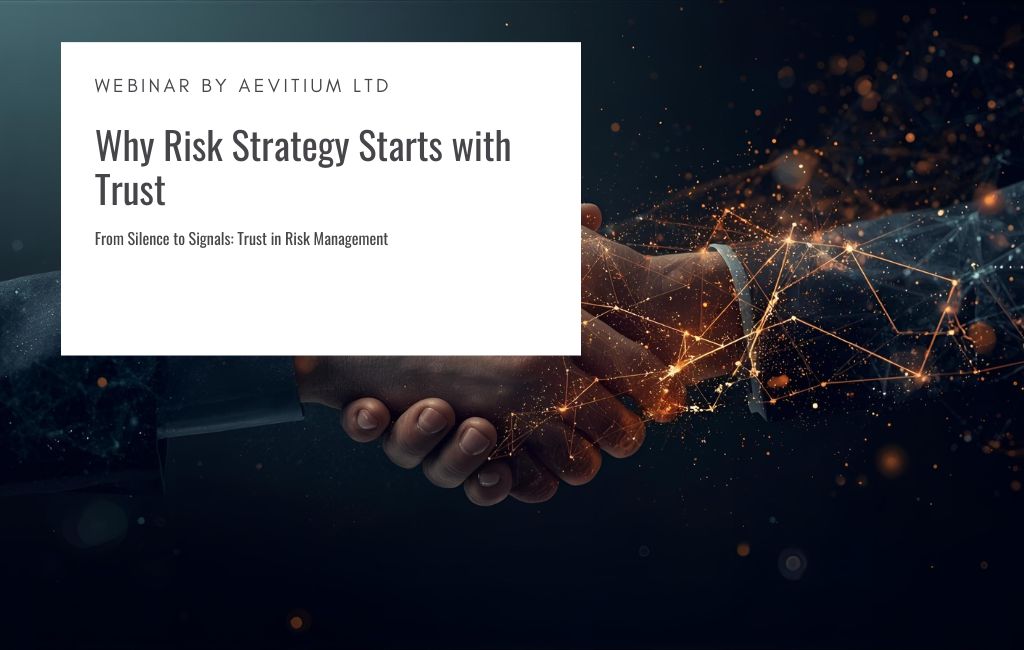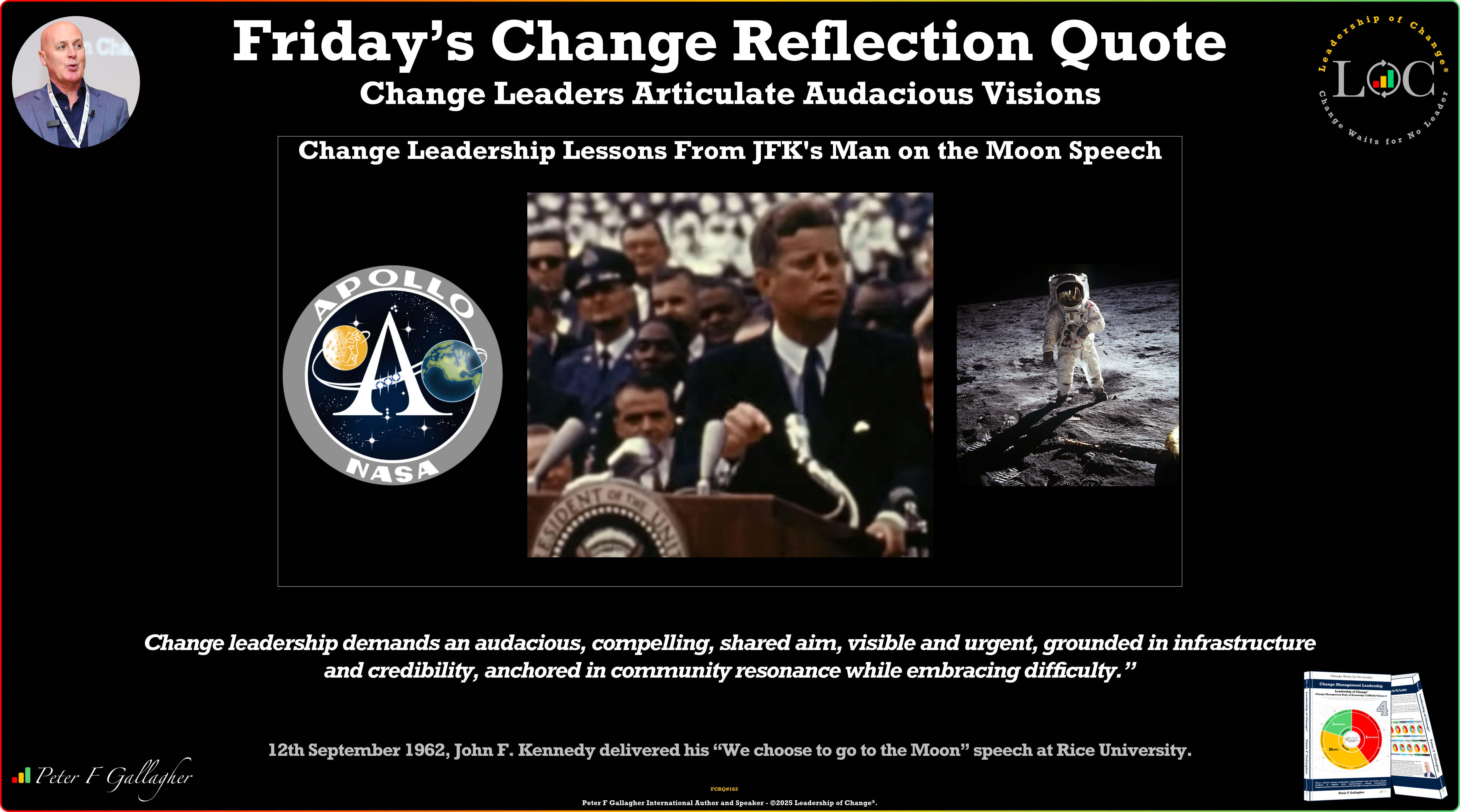Nov18

As humans, we’ve always straddled a delicate balance between going it alone and coming together as a collective. While individual ambition often pushes us forward, our real strength lies in teamwork—building, creating, and solving problems together. This capacity for collaboration has helped us thrive as a species, and now, it’s essential as we face one of the greatest challenges of our time: ensuring artificial intelligence (AI) serves everyone equally.
Making AI truly equitable isn’t just about better technology or clever algorithms. It’s about creating a system where everyone—no matter where they are or what resources they have—can access and benefit from this transformative technology. That’s where partnerships, particularly public-private partnerships (PPPs), come into play. But making these collaborations work requires more than just signing agreements. It takes commitment, alignment of goals, and a focus on long-term outcomes.
What Does Equity in AI Really Mean?
Equity isn’t just a buzzword; it’s about making sure everyone has what they need to succeed. In the context of AI, that means addressing the digital divide—a gap that’s especially glaring in developing nations. Millions of people around the world lack even the basics needed to participate in the digital age. These essentials include:
1. A device, such as a smartphone or computer.
2. The knowledge to use that device effectively.
3. Access to a reliable internet connection.
4. A stable source of electricity to power it all.
Even in places where smartphones are becoming more common, their use is often limited to making calls or sending messages. Many people don’t have the opportunity—or the means—to use these devices for more advanced tasks like browsing the web or engaging with AI tools. Without targeted efforts to close these gaps, the promise of AI will remain out of reach for billions.
Education is a crucial piece of the puzzle, especially for adults and older populations who’ve had little exposure to digital tools. At the same time, infrastructure outside urban areas remains a significant hurdle. Poor connectivity, unreliable electricity, and, in some cases, restrictive government policies prevent people from fully engaging with the digital world.
Why Bridging the Digital Divide Matters
Globally, a third of people are still offline. Among those who are connected, more than half experience slow or unreliable internet. This digital divide doesn’t just hold individuals back; it limits progress for entire societies. AI, as powerful as it is, can’t deliver its full benefits in a world where so many are left behind.
The consequences of ignoring these disparities go beyond technology. A growing gap in digital access threatens to widen the wealth divide, stoke social unrest, and deepen existing inequalities. Ensuring equitable access to AI isn’t just the right thing to do—it’s an economic and social imperative. By providing tools and opportunities for all, we can spark innovation, create new markets, and build a more stable, prosperous world.
The Language Barrier: An Overlooked Challenge
Even as AI systems become more sophisticated, language remains a significant barrier. Most large language models (LLMs) support major languages like English, Chinese, and Spanish, but they leave out more than half the world’s population. For those who speak languages not supported by these systems, interacting with AI can feel like an insurmountable challenge.
Developing LLMs for underrepresented languages is no easy task. Take Amharic, the national language of Ethiopia, as an example. The datasets available for training Amharic LLMs are thousands of times smaller than those for dominant languages, making the process costly and complex. On top of that, Amharic’s intricate grammar and unique alphabet add to the technical hurdles. Limited resources and tight national budgets in countries like Ethiopia further complicate these efforts.
How Public-Private Partnerships Can Help
Addressing these challenges requires collaboration on a massive scale. Public-private partnerships (PPPs) bring together governments, businesses, and NGOs to pool resources, expertise, and influence. While this model holds great promise, it’s not without its challenges.
Lessons from Ethiopia
A few years ago, I was involved in a PPP in Ethiopia that brought together the federal government, Microsoft, the regional government of Amhara, and the NGO Alchemy World. The project aimed to digitize education in remote areas and promote entrepreneurship.
The obstacles we faced were enormous. Many communities lacked basic infrastructure, and accessing email required a half-day journey by donkey to the nearest cyber café. In areas where unemployment was rampant and clean water was scarce, the idea of AI equity seemed almost laughable. Yet, the partnership delivered life-changing results. Thousands people were lifted out of poverty, gaining dignified work in the digital economy, while millions of children now have access to improved education through digitization.
This success didn’t come easily. It took years of persistent effort and coordination among all parties. The project worked because each partner remained committed to the long-term goal, even when progress was slow.
Why Many Partnerships Fail
Despite their potential, many PPPs fail. Why? Often, it comes down to misaligned goals and a lack of trust:
1. Governments may lack the political will to sustain initiatives beyond the short term, and corruption can derail even the best-laid plans.
2. Corporations, driven by profit, may pull out if results aren’t immediate.
3. NGOs and local organizations, focused on community impact, sometimes find their values clash with those of their corporate or governmental partners.
The key to overcoming these challenges lies in relationships. Successful partnerships are built on trust, mutual respect, and a recognition that everyone’s success is interconnected. It’s about more than signing contracts; it’s about building human connections—shaking hands, sharing meals, and staying in constant communication.
The Bigger Picture: AI for Good
One example of a successful global initiative is AI for Good, a program launched by the United Nations' International Telecommunications Union. This initiative encourages partnerships to use AI in addressing global challenges, from climate change to education. Entrepreneurs working on AI solutions for agriculture, disaster management, and healthcare are supported and celebrated.
Similarly, the Cyber Eagle Project is leveraging generative AI to tackle cybersecurity challenges within NATO’s member countries critical infrastructure sectors. By automating processes and creating partnerships between governments and private companies, the project is reshaping how cybersecurity is approached on a massive scale. These examples show what’s possible when resources and vision align.
Moving Forward: A Call to Action
The road to AI equity is long and full of obstacles, but the rewards are worth the effort. Public-private partnerships hold the key to bridging the digital divide and ensuring that AI benefits everyone. For these partnerships to succeed:
- All stakeholders must be willing to share accountability and align their goals.
- Corporations and governments need to commit to long-term investment, even when immediate returns aren’t guaranteed.
- NGOs and civil society groups must play a central role in driving these initiatives forward.
Our ability to collaborate has always been our greatest strength. Now, as we face the challenges and opportunities of the AI age, it’s more important than ever. By coming together with shared purpose and determination, we can create a future where technology serves all of humanity—not just a privileged few. The choice is ours.
Keywords: AI, Cybersecurity, Diversity and Inclusion
 China Outpaces U.S. in Shipbuilding: 1,000 to 8
China Outpaces U.S. in Shipbuilding: 1,000 to 8 The Innovation Dilemma: Open-Weight Versus Proprietary Models in Knowledge Distillation
The Innovation Dilemma: Open-Weight Versus Proprietary Models in Knowledge Distillation From Caves to Corner Offices: Why Grant McGaugh’s “First Light” Breaks Every Rule of Business Literature
From Caves to Corner Offices: Why Grant McGaugh’s “First Light” Breaks Every Rule of Business Literature Why Risk Strategy Starts with Trust
Why Risk Strategy Starts with Trust Friday’s Change Reflection Quote - Leadership of Change - Change Leaders Articulate Audacious Visions
Friday’s Change Reflection Quote - Leadership of Change - Change Leaders Articulate Audacious Visions